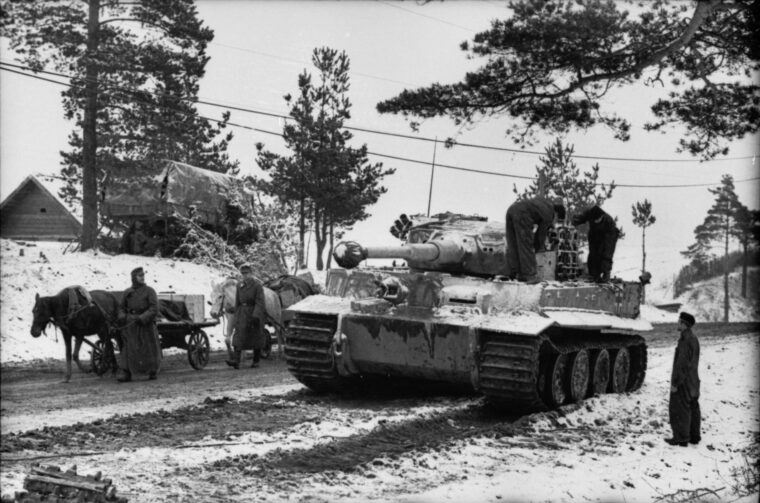
Burma
Horses & The Mechanized Myth of the Eastern Front
By John PerryAdvances in military technology, including tanks, jets, and rockets, are among the popular images of Nazi Germany during World War II. Read more

Burma
Advances in military technology, including tanks, jets, and rockets, are among the popular images of Nazi Germany during World War II. Read more
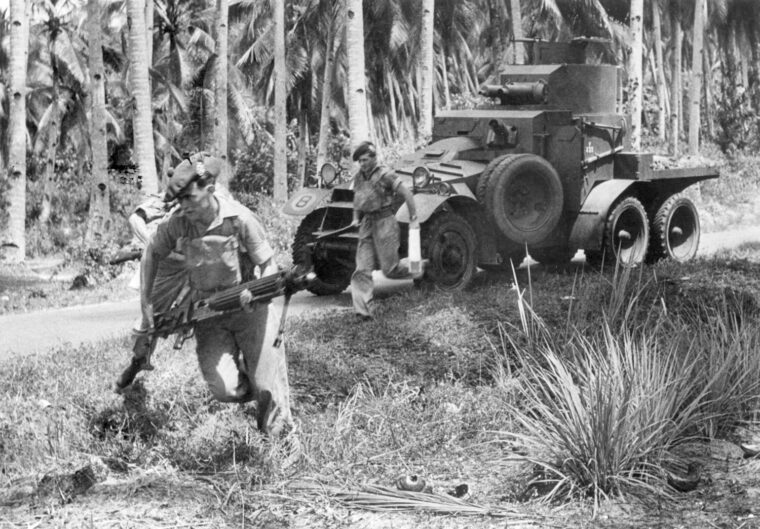
Burma
The moon like a tray was sinking in the western sea and the deep red sun showed its face to the east. Read more
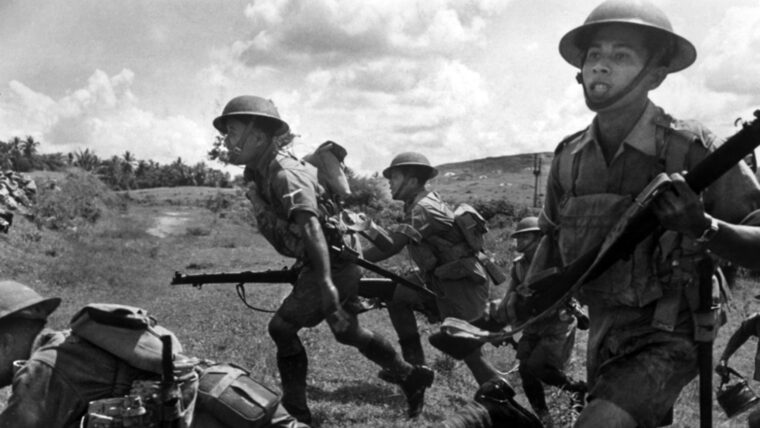
Burma
On Saturday, December 6, 1941, a Royal Australian Air Force Lockheed Hudson bomber on a reconnaissance mission from Khota Bahru on the west coast of Malaya was flying northwest over the China Sea toward the Gulf of Thailand. Read more
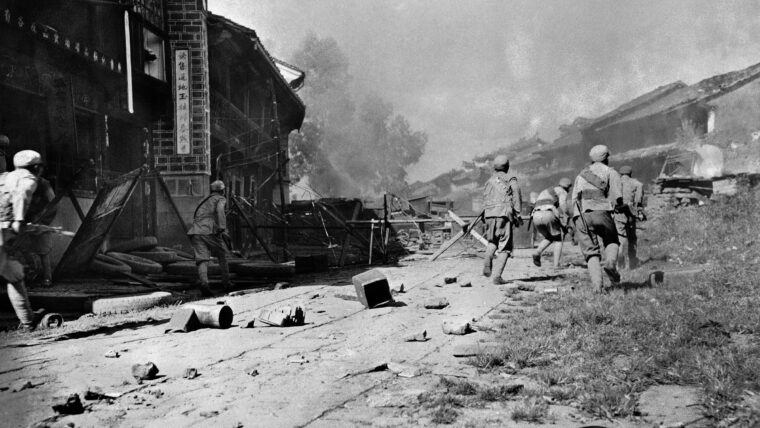
Burma
After launching an invasion of Burma (today Myanmar) not long after Pearl Harbor, the Imperial Japanese Army went on to overrun much of China by May 1942 and closed the Burma Road—the vital, 717-mile-long mountain highway built in 1937-1938 that ran from Kunming in southern China to the Burmese border. Read more
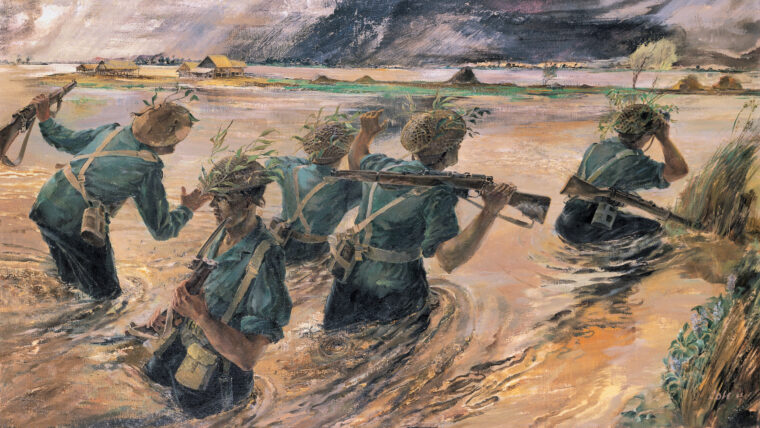
Burma
By the beginning of February 1945, the British 14th Army was on the banks of the Irrawaddy River and poised to strike into central Burma. Read more
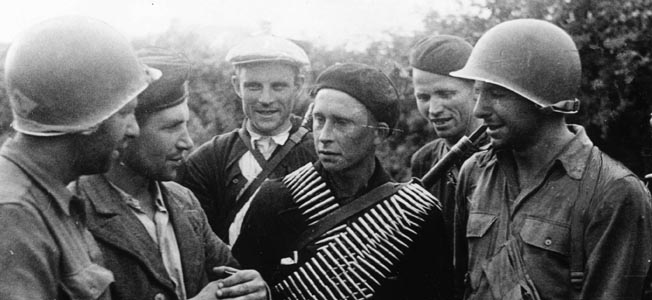
Burma
Major General John K. Singlaub was a young airborne lieutenant when he took up an offer from the Office of Strategic Services (OSS) to become engaged in “hazardous duty behind enemy lines.” Read more
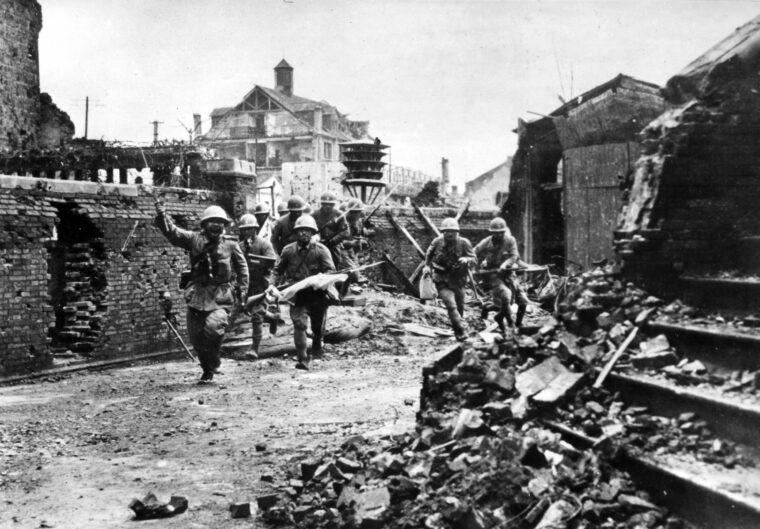
Burma
Japan’s road to World War II was a long one. Throughout the late 19th century, the island nation broke out of its feudal past on a path to modernity with a ruthlessness and singlemindedness that would have scared Western nations had they been paying attention. Read more
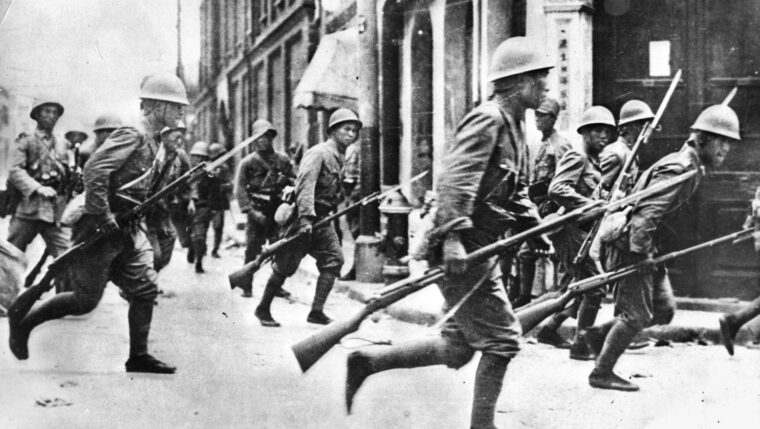
Burma
As militarism grew in Japan in the early 1930s, conscription began at the age of 19, and the Imperial Japanese Army (IJA) cadet entered military service. Read more
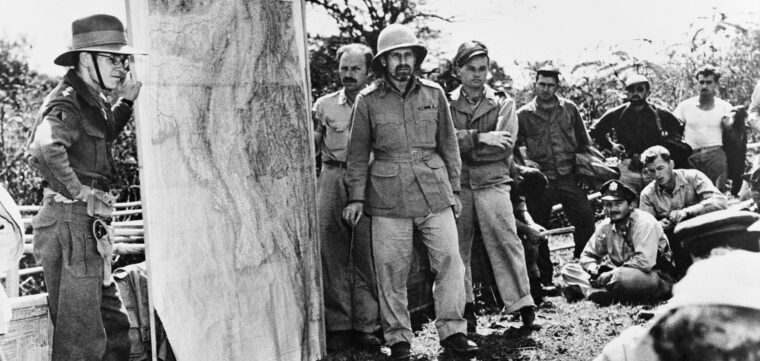
Burma
Bernard Edward Fergusson was born on May 6, 1911, and completed his public school education at Eton. A graduate of the Royal Military Academy at Sandhurst, he received his commission into the Black Watch Regiment. Read more
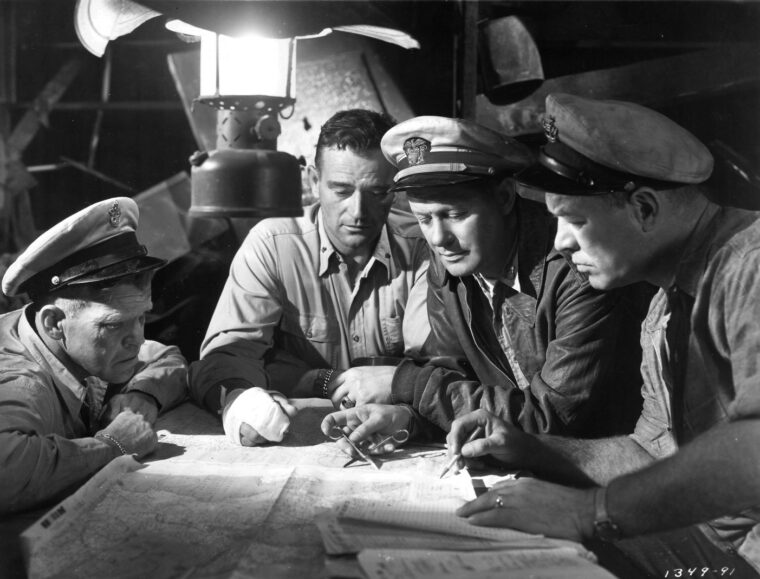
Burma
With such award-winning films as Stagecoach, Young Mr. Lincoln, Drums Along the Mohawk, The Grapes of Wrath, The Long Voyage Home, and How Green Was My Valley behind him, John Ford was one of Hollywood’s most respected directors by the time World War II broke out in 1939. Read more
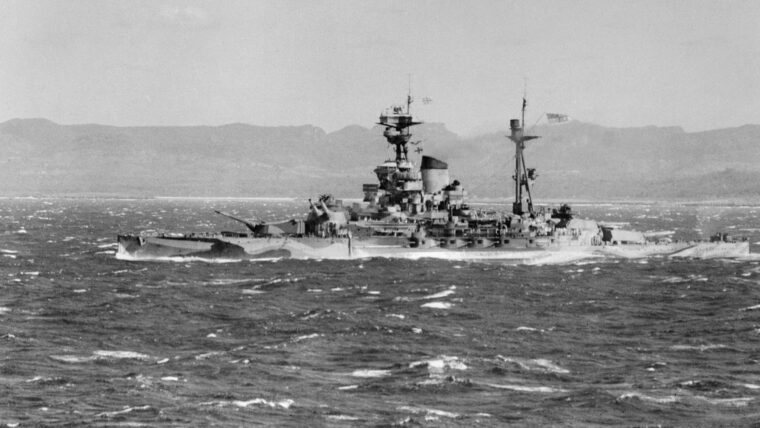
Burma
In early 1942 things could have hardly looked bleaker for the Allies. In Europe, Hitler’s war machine had steamrolled across the entire continent and was now battling before the gates of Moscow. Read more
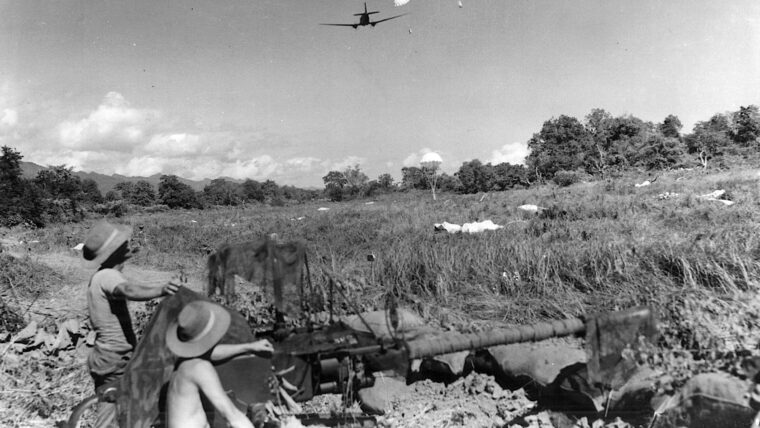
Burma
The interest in Brigadier Orde Wingate, founder and leader of the Commonwealth Chindits or Special Force, persists to this day, more than 75 years after his fiery death after his B-25 Mitchell bomber crashed in the hills of India. Read more
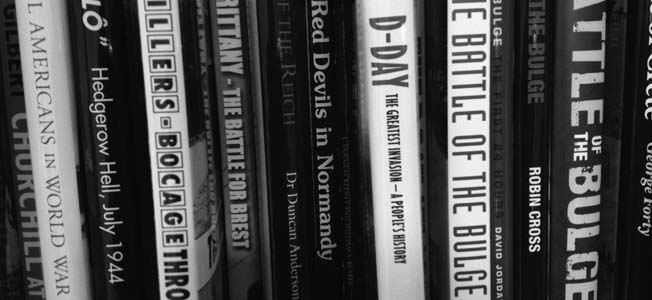
Burma
American General George S. Patton, Jr., and German Field Marshal Erwin Rommel both demonstrated the masterful employment of armored forces in many World War II military campaigns. Read more
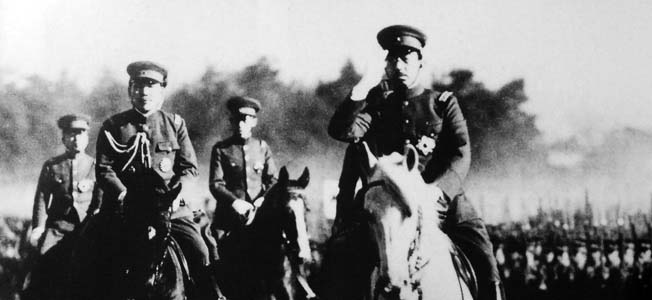
Burma
He was the longest-reigning monarch and head of state in the 20th century, and the third-longest in history behind King Louis XIV of France (72 years) and England’s Queen Victoria (64 years). Read more
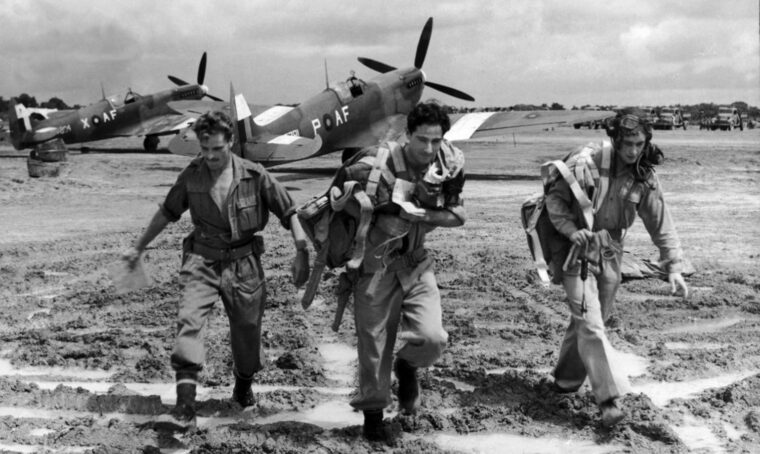
Burma
On March 5, 1936, the new Supermarine Type 300 took off from Southampton, England. The plane would soon be called the Spitfire, and along with the Hawker Hurricane it would become Great Britain’s first line of defense. Read more
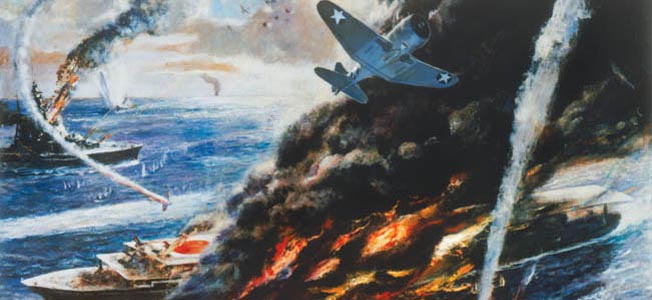
Burma
Since 1931, Japan’s army had asserted control over territory on the continent of Asia, brushing aside Chinese resistance, condemnation and political pressure from other nations, and most recently, the Allied military. Read more
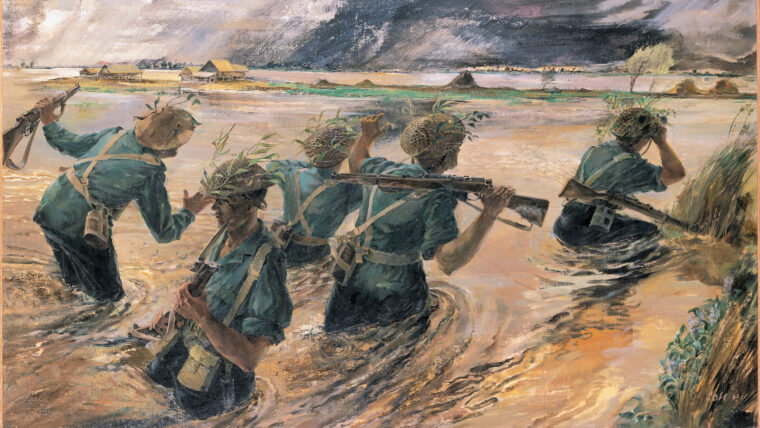
Burma
The battles of Kohima, Imphal, and the Admin Box saw the comprehensive defeat of the Japanese armies seeking to invade India during 1944 and sent them reeling back into Burma in early 1945, pursued by the revitalized British 14th Army under Lt. Read more
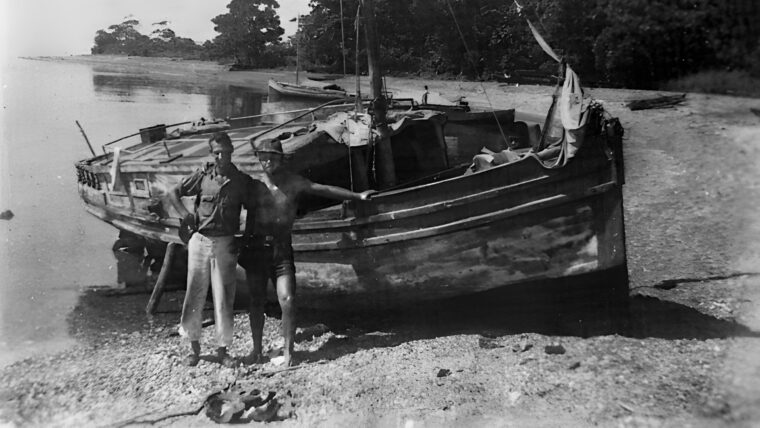
Burma
Most Americans were surprised by the Japanese attack on pearl Harbor, but the military had known that war with Japan was inevitable. Read more
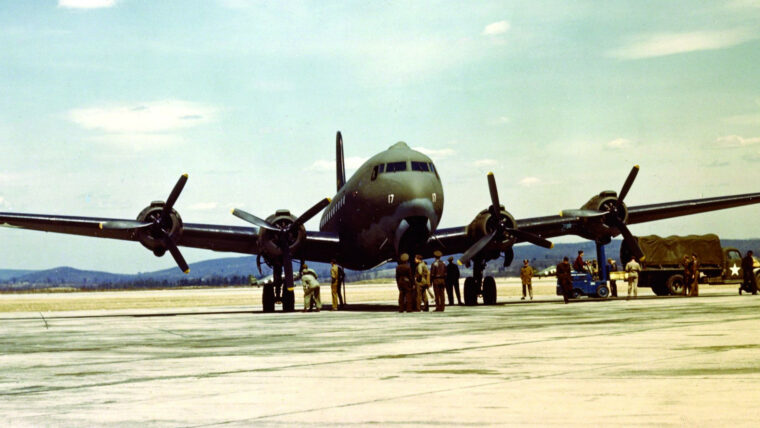
Burma
At the beginning of World War II, the globe seemed huge—covered by thousands of miles of ocean and uninhabited land mass, but by the time it ended everything had been brought closer together, thanks largely to the four-engine transports of the United States Army Air Transport Command, particularly the Douglas C-54 Skymaster. Read more
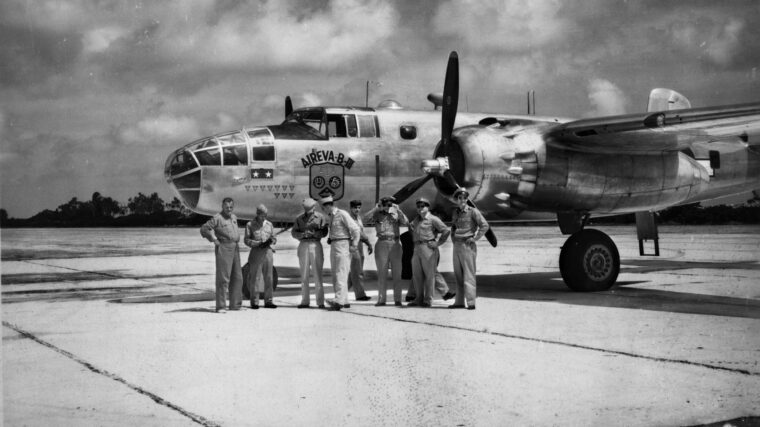
Burma
Stephen Pierce Duggan, Jr., wanted to be a United States Marine. When the United States entered World War II, Steve was all set to do his part. Read more